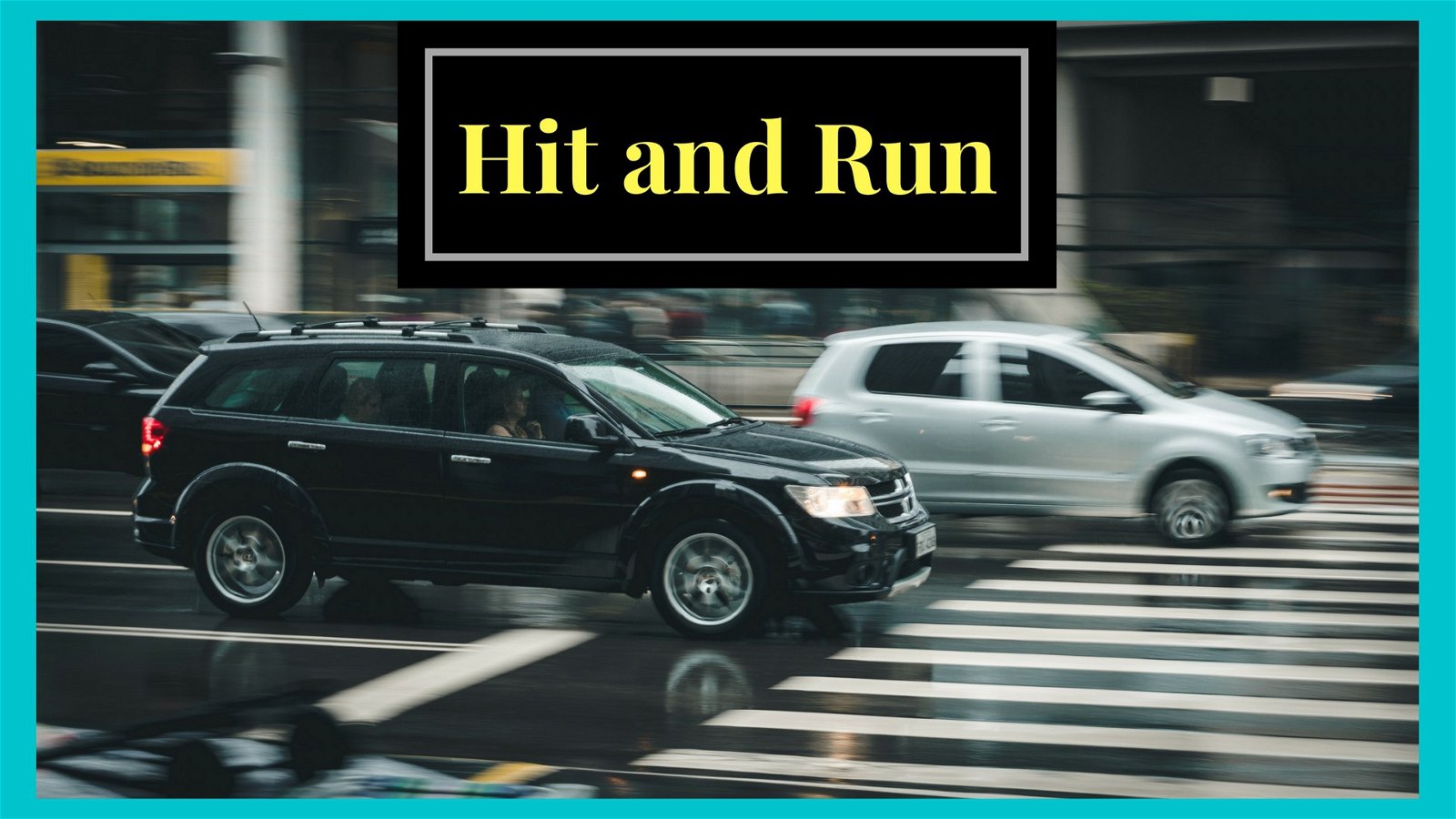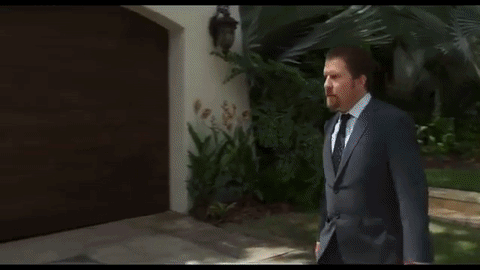It can happen to anybody, that’s why you should be prepared

There's no such thing as pleasant car accidents. Some, of course, are reduced to bumper dent while others lead to casualties and deaths.
Hit and runs, in particular, are a subspecies, if you wish, of incidents one can witness or suffer while driving. That's why we think it's vital that drivers know how to safely react to one.
But first, some numbers on the topic
The Telegraph reports that hit and runs are on the rise in the UK but what's even alarming lies in the fact that half of hit and run drivers claim they had no idea they were breaking the law.
The same scenario applies in the US. According to USA Today, hit-and-run crashes are soaring in large cities and fatalities caused by the decision to flee the accident are also going up nationwide.
In fact, NHTSA data shows the following:
"In 2009 there were 1,274 fatal hit and run crashes, 1,393 in 2010 and 1,449 in 2011. The AAA Foundation for Traffic Safety said that about one in five pedestrian fatalities were caused by hit and run drivers and 60 percent of all hit and run deaths were among pedestrians."
By the way, what is a hit and run?
Technically, a hit & run takes place when a car is involved in an accident (with another vehicle, pedestrian or fixed objects) but the driver decides to leave the scene without identifying oneself or render aid to those in need.
Note that in some states and countries, a hit and run can involve a stray animal. On the flip side, some authorities don't consider a hit and run the action of leaving the crash scene to get emergency assistance as long as you return as soon as possible.
For more statistics on hit and runs, you can also check out this report.

What should I do in the event of a hit and run?
There are a few steps you can follow if you were involved in a hit and run incident and the other driver decided to take off.
1. Call the police.
2. Don't go chasing the fleeing car. Instead, keep calm and try to jot down (you can obviously use your smartphone) the other vehicle's make, model, color, plate number and, if possible, the damage it suffered.
3. Write down traits that might help identify the driver or passengers, if that's the case: gender, hair color, ethnicity, approximate age and so on. Every little detail counts.
4. Look for witnesses. Ask around of people who saw the accidents and get their contact info (i.e. names, phone numbers, addresses and emails).
5. Evaluate and record the damage. You do own a smartphone, right? Now's the best time to put it to good use. Take photos or short videos of damage done to your car. Insurance companies will suspect you of committing fraud before lending a hand, so make sure you thoroughly cover ever inch and angle of the vehicle.
While you're at it, throw in some pictures of any skid marks, weather conditions (wet or icy asphalt, for example), shattered glass as well as the overall crash site. Also, look for traffic or surveillance cameras in the vicinity for further video proof on the accident.
6. When the authorities arrive and start asking questions, make sure your statement is as detail-rich as possible and don't forget to present the officer with every bit of evidence mentioned above.
